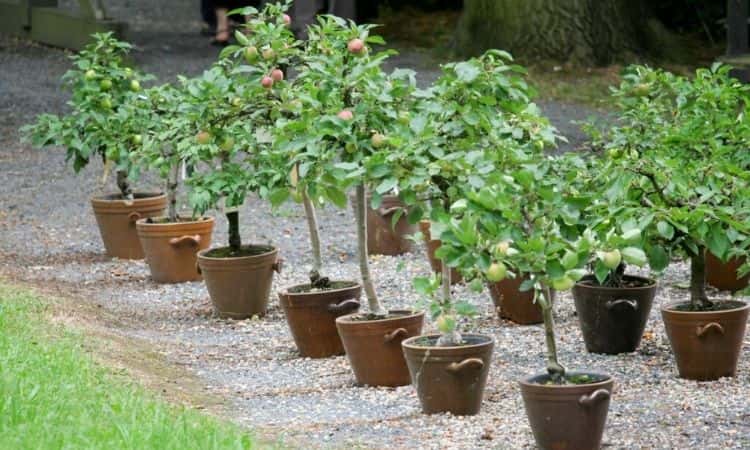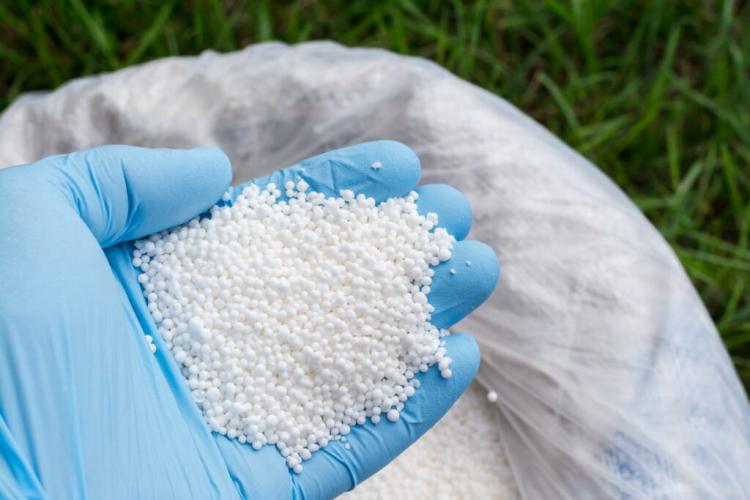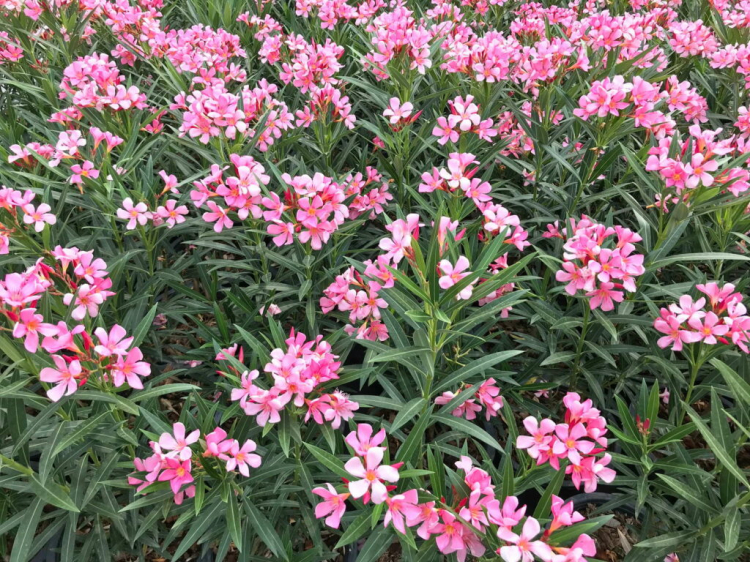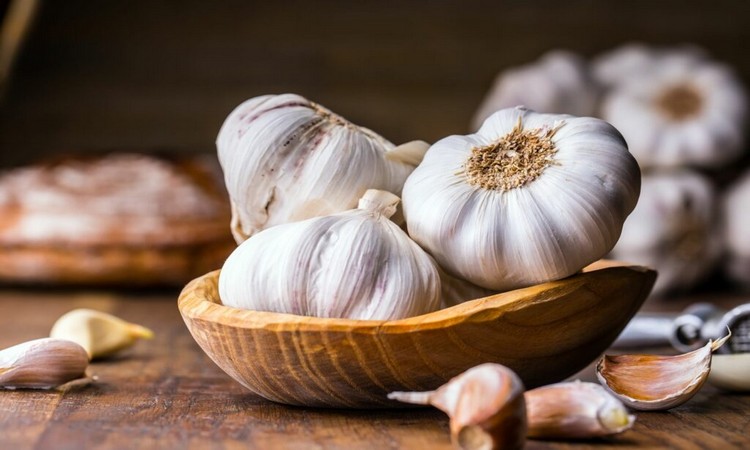Celery (Apium Graveolens): Growing Soup Seasoning In Your Garden
Celery comes in different variations. We present them and show how the hurdles in growing the aromatic herb can be overcome. The real celery ( Apium graveolens ) belongs to the Umbelliferae family ( Apiaceae ). The genus of celery ( Apium ) comprises around thirty different species, but three variations of the true celery species are most common in our gardens:
- Celeriac ( Apium graveolens rapaceum )
- Celery ( Apium graveolens dulce )
- Cut celery ( Apium graveolens secalinum)
Every variation of the real celery from cultivation to harvest to use has its own characteristics. All in all, however, it inspires in the kitchen with its distinctive flavor and is therefore ideal for fresh, hearty stews or soups. The original wild form of real celery is widespread all over the world and was ultimately cultivated in a targeted manner at some point. As a rule, the herbaceous plant only grows as an annual in our latitudes.
However, if she is well prepared, she can also survive a winter. The botanical name also has a deeper meaning for celery. So “graveolens” means “strong smelling”. And in addition to the characteristic aroma that celery exudes, it is also said to be beneficial for the cardiovascular system – another reason to deal more intensively with the cultivation of the different varieties of this umbellifer.
Real celery: three popular variations in comparison
Table of Contents
The real celery can come across in the most varied of variations in the garden. Whether tuber, herbaceous, or cut celery determines the spiciness of the celery. But what are the characteristics of the individual variations and what distinguishes them from the others? Here is a brief overview:
- Celeriac ( Apium graveolens rapaceum )
Celeriac is also known as celery root. It forms a storage organ that sits half above and half below the earth. It consists of both thickened parts of the root and thickened stem axis. Thus, it is a tuber, which is not frost-hardy, however. The green can be used as soup green in the kitchen. The tuber can be processed raw or cooked and thus season the dishes or be roasted. - Celery ( Apium graveolens dulce )
The celery is also known as stem or stick celery. In contrast to celeriac, it only forms a small tuber. Instead, the leaf stalks are stronger and thickened. The aroma is a little milder and garnishes vegetables or salads. The taste can be refined by darkening the stems in late summer. Then these fade out – so-called bleaching celery is created. Celery copes a little better with the cold and can therefore be harvested fresh throughout the milder winters. - Cut celery ( Apium graveolens secalinum)
The tuber of cut celery is even less pronounced than that of celery. The foliage is similar to that of parsley and can also be curled up. In contrast to parsley, celery can be dried without losing its aromas.
Growing celery: this is how the variations grow in your own garden
The right location for celery
For the celery – regardless of the variation – a nutrient-rich, moist location in a sunny location is ideal. This can be a bit heavier such as clayey soils. However, it should not be too condensed. Loose soil is especially essential for the formation of a sensible tuber. For a rich harvest, the soil can also be improved with a high-quality substrate such as our Plantura organic tomato and vegetable soil. Celery is also grown in beds rather than in pots. It takes up a lot of space and would have to be poured very often in the pot.
Celery Propagation
Sowing should be done in a sheltered domestic location in March at the latest. Since celery is a light germinator, the seeds should not be covered with soil to protect them from drying out. Either the seeds are moistened regularly and prevent the seeds from drying out during germination, or a foil is stretched over the seed tray. So the moisture cannot escape. Remove the foil as soon as the first seedlings break out of the seeds.
If there is no longer any risk of frost from mid-May after the ice saints, the early young plants can be planted out. A distance of 40 by 40 cm is ideal. Particularly with celeriac, care should be taken not to set the plant too deep. This could affect the development of the tuber.
Celery watering and fertilizing
Celery must be watered regularly, especially if it is a persistent drought. However, waterlogging should also be avoided in the case of celery, especially so as not to endanger the tuber through rot.
Occasional fertilization is also recommended. A primarily organic long-term fertilizer such as our Plantura organic tomato fertilizer is recommended. This is also worked into the ground three months later when planting. Alternatively, the soil can also be enriched with compost.
Care of the celery
If the celery tuber has a diameter of about three centimeters, the soil can also be removed in the upper area of the celery tuber. This actually promotes their growth. Since celery is extremely self-intolerant, it is also a good idea to plant it in combination with kohlrabi to promote growth. After planting outdoors, weeds must also be removed regularly so that they do not create too much competition for the celery.
Harvest and store celery properly
Harvesting the celery
To be able to harvest celeriac, the thickened storage organ should be at least 5 cm in diameter. However, the celeriac should be harvested no later than October so that it does not fall victim to the frost. The celery stalks can be harvested gradually as soon as individual stalks have reached a suitable size. The largest and strongest stalks are harvested from the outside. Another variant is to cut the celery stalks so close to the surface of the earth that the stalks stay together and all are harvested as a whole. The celery, like parsley, is cut at any time as required.
In general, however, celery can also be left to stand over the winter. In the case of celeriac, however, the tuber has to be piled up with sand so that it is not affected by frost. In the second year, vigorous budding occurs, and the celery blooms. The seeds can also be used as an exclusive space in the kitchen. To do this, the ripe inflorescences are simply cut off in September of the second year and dried again.
Store and preserve celery
Of course, the celery should also accompany you through the kitchen year for as long as possible. But to do that, it has to be stored in some way. Depending on the variation, there are various options for preserving it and extending its usability.
- celery root
First of all, it should generally not be washed after the harvest. That alone has a prolonged effect on the shelf life of the tuber. They can be stored in the refrigerator or basement for a few weeks until the consistency slowly but surely changes from firm to soft. The tuber of the celery can also be frozen and made usable for several months. To do this, it is peeled and chopped up, and ready for the freezer. The finely chopped or grated celery bulb can also be easily mixed with salt and preserved in this way. In a mixing ratio of 1: 1 celery with salt you get a spicy celery salt. - Celeriac
The freezing of celery sticks is basically also possible but is much more complex than in the case of celeriac. Cut into a few centimeters, it is first boiled in salted water for about three minutes. After cooling down in cold water and draining sufficiently, the celery can also be put in the freezer compartment. Due to the relative frost resistance of celery sticks, however, it is more pleasant to leave them in the bed in mild winters and thus possibly be able to use freshly harvested celery throughout the winter. - Celery
Cut celery is similar to parsley. It is also best used freshly harvested. However, unlike its much more famous herbal counterpart, the spicy green can be dried well. The celery does not lose its flavoring aromas during the drying process and can therefore be used for up to two years after drying.
If the seeds are harvested in the second year of the celery, they only have to be dried and can be used as a spice for up to two years without any problems.
Using the real celery
Celery was consciously used in ancient times. The plant was said to have a digestive effect. Furthermore, even then there was talk of a positive effect on the cardiovascular system. Nowadays, however, celery – in whatever form – is mainly used as a spicy tuberous vegetable or herb in stews and soups in hearty cuisine and home cooking. The interesting aroma enriches the taste experience. And the seeds can also serve as a spice in the kitchen.






